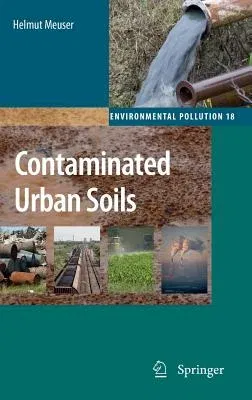With more than 50% of the world's population already living in towns and
cities, migration from rural areas continuing at an alarming rate in
developing countries and suburbanisation using more and more land in
developed countries, the urban environment has become supremely
important with regard to human health and wellbeing. For centuries,
urbanisation has caused relatively low level soil conta- nation mainly
by various wastes. However, from the time of the Industrial Revolution
onwards, both the scale of urban development and the degree of soil
contamination rapidly increased and involved an ever widening spectrum
of c- taminants. With constraints on the supply of land for new urban
development in many countries, it is becoming increasingly necessary to
re-use previously dev- oped (brownfield) sites and to deal with their
accompanying suites of contaminants. It is therefore essential to fully
understand the diversity and properties of urban soils, to assess the
possible risks from the contaminants they contain and devise ways of
cleaning up sites and/or minimizing hazards. The author, Helmut Meuser,
is Professor of Soil Protection and Soil Clean-up at the University of
Applied Sciences, Osnabrück and is one of Europe's foremost experts on
contamination from technogenic materials in urban soils. He has many
years' experience of research in Berlin, Essen, Osnabrück, other regions
of Germany, and several other countries.

